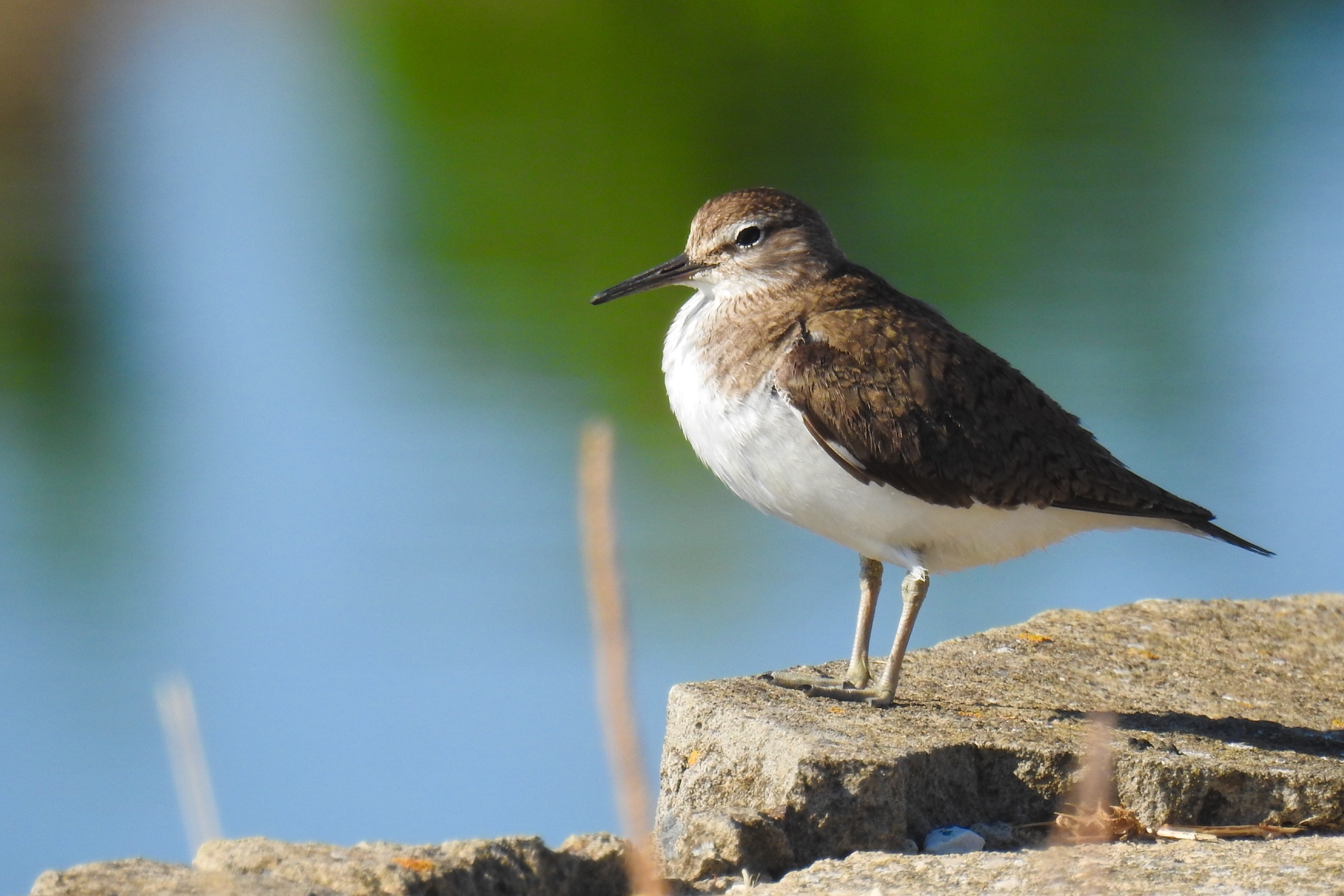Close to Naples, on the Domitiana Coast, a place survived the threat of pollution and cement. It does not have the bright colors of the countryside nor the explosive scents of the forest, but it is a wet and marshy area that the birds have chosen as buen retiro.
Bee-eaters | Ph. Raffaele Imondi - Trentaremi

The Oasis of Variconi is a natural reserve of 194 hectares rich in biodiversity, on the mouth of the Volturno river. Its position in the middle of the Mediterranean Sea makes it an ideal pit stop for the thousands of birds that migrate towards Africa. Wigeons, flamingos, bee-eaters, egrets, common sanpipers, herons, black-winged stilts: around 250 species have been sighted between the rushes and the ponds of the Oasis, where they rest before taking off again.
We talked about the Oasis of Variconi with Maurizio Fraissinet, president of the Association of ornithological studies of southern Italy (ASOIM) and author of books and scientific articles published in international magazines.
Wild ducks | Ph. Raffaele Imondi - Trentaremi

Why do birds stop at the Oasis of Variconi?
Because it is a wet, brackish area, with shallow water, close to the sea. This means that it’s rich in food and vegetation. For water birds, but not only for them, it is an ideal place to stop before reaching Africa.
Which is the ideal period to see more birds?
We can observe the greatest number of species during the migratory period and in winter, when water increases due to rains. Ducks, for instance, are attracted to these ponds. In December they give us spectacular scenery. The presence of many different species that come to spend the winter at Variconi colors the oasis of many wonderful shades.
Egrets | Ph. Raffaele Imondi - Trentaremi

Black-winged stilt | Ph. Raffaele Imondi - Trentaremi

At what time of day is it easier to see birds?
At sunrise or sunset there is greater mobility, because the birds eat outside and go back to sleep in the oasis.
Is it difficult to observe these species elsewhere?
At the Oasis of Variconi there is a particular richness. Furthermore the birds are easily observed because the ponds are small, so the birds move in a small place. In other places observations are more random.
Is climate change modifying the fauna of the oasis?
Not for now, because in the Oasis there are exotic species that live well thanks to favorable climate conditions. The real problem is the loss of natural habitats caused by soil consumption: parking lots, shopping centers and industrial areas make the presence of birds such as larks or cisticola, which usually live in big spaces, more rare.
Common Sandpiper - Ph. Raffaele Imondi - Trentaremi

Is there any poaching?
The supervision of the forest service and other associations is a boon for the Variconi. Poaching has been greatly reduced. When illegal hunting is fought we always notice a quite quick repopulation of the species.
Why do you recommend birdwatching?
It’s a therapeutic immersion in nature. It takes a lot of patience, but it is well rewarded: you walk in silence, away from city noises. In the United Kingdom birdwatching is even a sport to be practiced constantly.
hoopoe - Ph. Raffaele Imondi - Trentaremi

What can you suggest to those who want to go birdwatching for the first time?
You cannot start this kind of activity by yourself. At least the first year it is necessary to do birdwatching with experienced birdwatchers or with ornithologists, or even enroll in a specialized association and take part in organized walks. You may also attend a birdwatching course. Many people who take part in our courses get so excited, they then often start working with us. When you get better at it, you may go alone and have fun recognizing species, making mistakes, correcting yourself, and then getting more passionate.
Cattle egrets | Ph. Raffaele Imondi - Trentaremi

Why do you recommend birdwatching at the Oasis of Variconi?
Because it’s one of the richest places in birds species of the southern Tyrrhenian coast. There it is easier to observe them. Among other things it is a phenomenon that is trending a lot in Campania: while once only a few friends and I frequented these marshy areas, nowadays it is easy to meet passionate birdwatchers with whom you can share your observations and the emotions these extraordinary animals give us.

